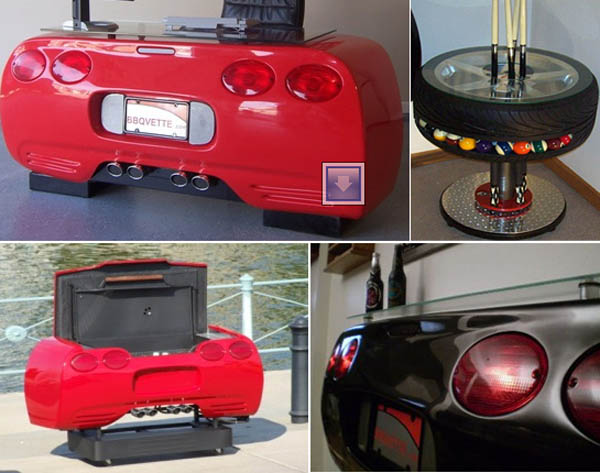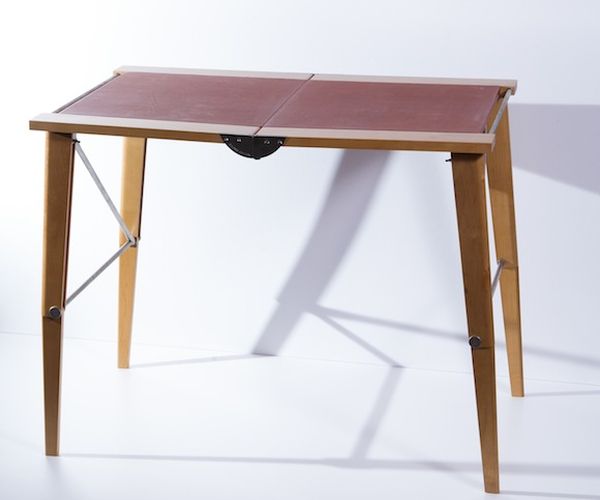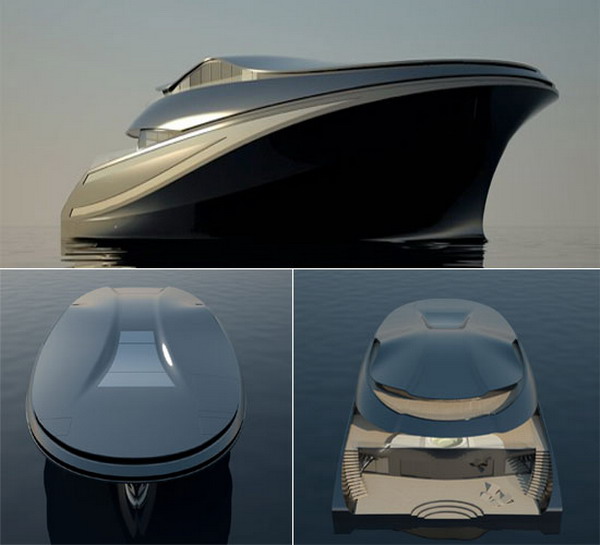Last week, New York witnessed the opening of its first Yotel. The $315 million hotel offers “affordable luxury” from a location in Midtown, that is well-connected to the Port Authority Bus Station, Times Square, Bryant Park and Fifth Avenue. Even the galleries and museums of Central Park are not far away. Neither is Soho, which can be reached in ten minutes via the subway.
Smaller Yotels are already up and running at destinations like Heathrow, Gatwick and Schiphol. Things look good for the elaborate new property in New York, which has 669 cabin rooms spread over 27 floors.
The Yotel concept centers around providing “affordable luxury” to travelers. Yotels are not your regular Ritz-Carlton or Hilton. These hotels that are often referred to as airport hotels were created by combining the highly efficient use of space in Japanese pod hotels with the luxuriousness of travelling by first class on a flight. The idea of such a hotel was born when Yo! Sushi chief Simon Woodruffe was upgraded to first class during a flight. Soon after, he teamed up with business partner and CEO Gerard Greene to launch the Yotel line of hotels.
Yotels are all about functionality. So at this New York Hotel you might not get a minibar or a bathrobe, but there is free Wi-Fi and a complimentary continental breakfast. Each floor houses a galley kitchen with guest fridges. Plus, there is a cinema screen and yoga space, which transform into social spaces by night-time. The hotel’s restaurant, Dohyo, offers an Asian-fusion menu with prices ranging from $6 to $12 per item. The central bench tables here sink into the floor at the end of service to turn into a dance floor.
The basic room starts from $149 a night, a competitive price in the New York accommodation scene, given that boutique hotel rooms cost upwards of $300. In terms of space, the room is really tiny. It occupies only 12 square meters. But the efficient use of space makes you wonder why you would ever need more space at all. The rooms have been designed by London-based architects Softroom, incidentally the same firm that designed Virgin’s upper-class cabins.
As you enter, you spot the queen-sized bed stored in an upright position. The press of a button gets the bed in the horizontal position. A tray table lies concealed under the armrest of the bed. If you need to work, you will love the workspace, which includes a desk, an office chair and lots of storage area for basics like keys, phones, wallets and more. For entertainment, a flat-screen television set stands mounted on the wall. As for the bathroom, there is no place for a tub, but it has a shower, a sink and a sliding glass door. If you are the kind who cannot travel light, beware! The Yotel rooms don’t have wardrobes. There are half a dozen hangers and luggage space under the bed, but that’s about it.
If 12 square meters seems too little for you, try booking one of the larger cabins for $20 extra. But at 15 square meters, you will only be getting 3 square meters more than in the basic room. However, the space appears to be no barrier, for some of these rooms have terraces, hot tubs and outdoor dining tables. If you want to splurge, there are three VIP suites costing $1,500 that boast of fireplaces, pool tables and sound systems.
Via: Guardian




